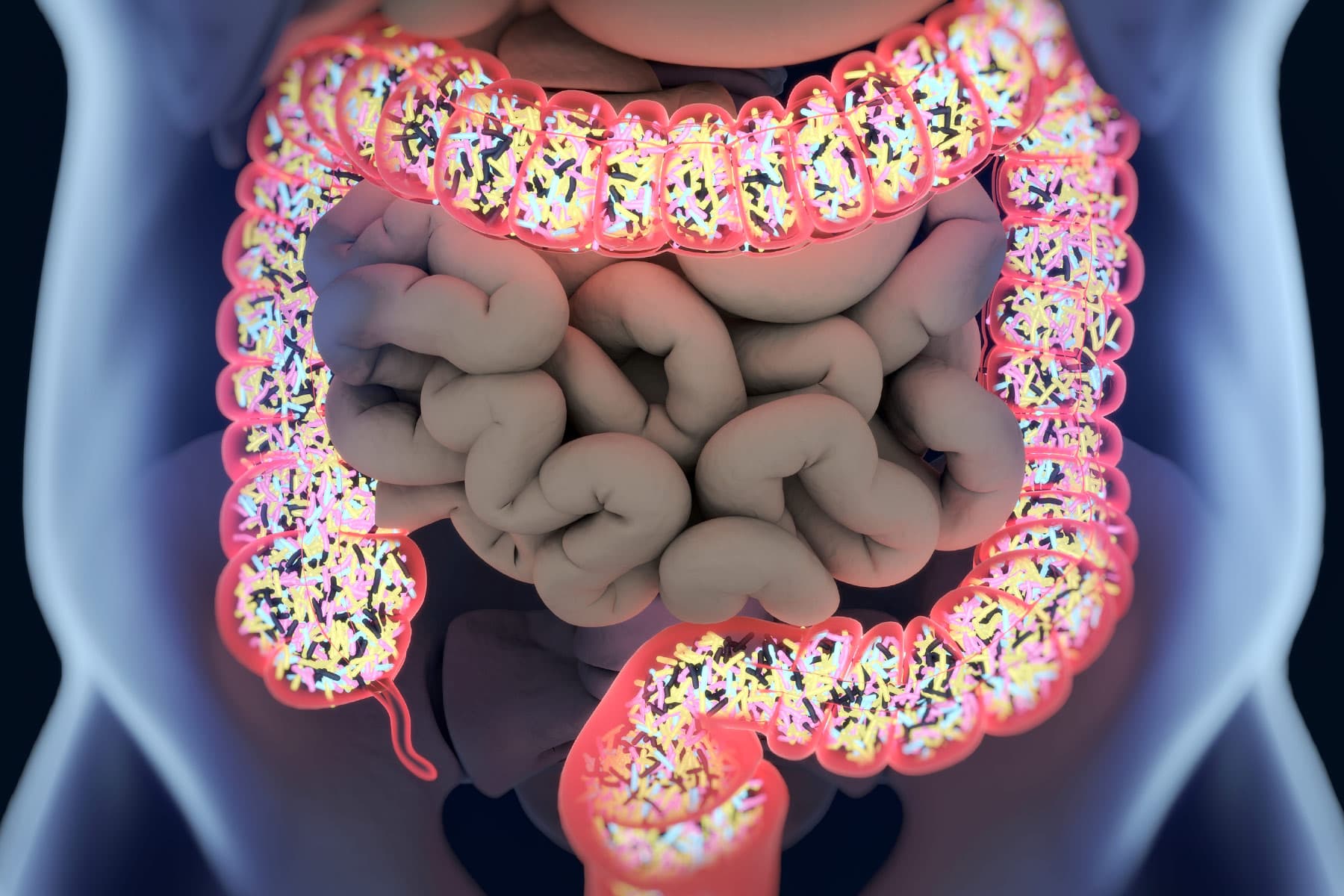Despite Low Imprisonment Rates, Drug Arrests Stay High: Pew
Fifty years of arresting and incarcerating people for drug offenses have produced poor public health and safety outcomes for society, particularly communities of color, a report by Pew Charitable Trusts concludes.

The number of people arrested in 2019 for drug offenses, while dropping, remains nine times that of 1980, according to the Pew Charitable Trusts.
Put into a different perspective, researchers found that 1.3 million people were arrested for drug possession in 2019, a number virtually unchanged from a decade earlier.
The new report, produced by Pew’s Public Safety Performance Project, Drug Arrests Stayed High Even as Imprisonment Fell From 2009 to 2019, presents compelling statistics showing that the continued reliance on the criminal legal system to address drug misuse has not been effective.
In terms of methodology, the Pew researchers sought to better identify and understand recent changes in and effects of the use of the criminal legal system to address drug problems. To do this, the researchers analyzed publicly available national data on drug arrests and imprisonment, drug treatment, and harm from drug misuse from 2009 through 2019—the most recent decade for which data is available.
The study found divergent enforcement trends — “high rates of arrest but substantially reduced incarceration” — coupled with a lack of treatment options and high mortality rates among people with illicit drug dependence, the report details.
Key Findings
The first major key finding that the Pew researchers uncovered was the fact that arrests for drug possession from 2009 – 2019 barely budged — even as overall arrests fell by more than a quarter, approximately 117,000 individuals.
In other words, the decrease in the number of people in prison for drug offenses accounted for 61 percent of this total decline.
The researchers also found that few individuals with a substance use disorder who are arrested or incarcerated receive treatment in jail or prison — and more are dying from overdoses in custody.
“Only 1 in 13 people who were arrested and had a drug dependency received treatment while in jail or prison,” the researchers wrote.
“Drug- and alcohol-related mortality rates increased fivefold in prisons and threefold in jails despite the decreases in the number of people in prison for drug offenses.”
Moreover, the researchers found that the number of people admitted to and held in state prisons for drug offenses both fell by about a third. With that though, there are racial disparities that the researchers found while looking at the data.
Racial Disparities Declined, But Didn’t Disappear
While drug-related admissions fell in general, the admissions of Black individuals dropped by 59 percent, while the number Black people in prison was cut in half.
In contrast, drug-related prison admissions and the population of white individuals each increased by 4 percent; the admissions growth was driven by almost a third (32 percent) more white females entering prison with drug convictions.
Despite the larger decreases in drug-related admissions and population among Black individuals, disparities remain, the researchers wrote. Black people comprised 28 percent of admissions and 36 percent of the population in prison for drug convictions in 2019, which are two and three times, respectively, their share of the general population.
Fifty years of arresting and incarcerating people for drug offenses has produced poor public health and safety outcomes for society, particularly communities of color.
“Many people incarcerated across the country have substance use disorders, but few receive treatment,” the researchers concluded. “And drug mortality rates in both jails and prisons have continued to climb.”
“More reforms are needed to further cut states’ reliance on arrest and incarceration for addressing substance misuse and to ensure a more equitable criminal legal system for all Americans.”
The full paper can be accessed here.
Andrea Cipriano is associate editor of The Crime Report.

 Landwebs
Landwebs 


















